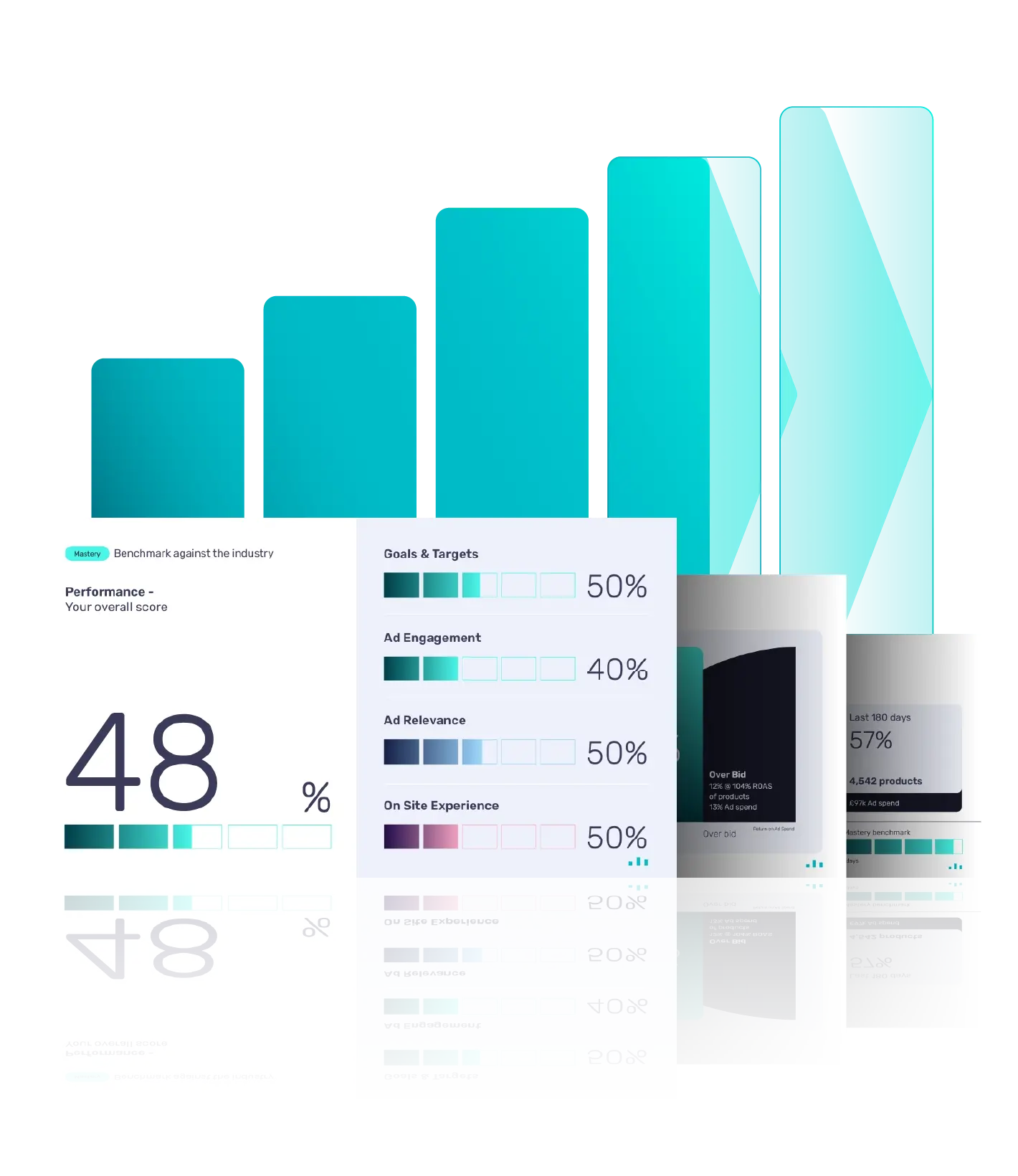What makes our approach different
Optimise every part of your catalogue to the right objective
Unlock more complex media strategies and push the boundaries of your Performance Max campaigns with our advanced segmentation.
Enhanced visibility on where your budget goes
Advanced segmentation helps you make more granular budget decisions, giving you more control over where you spend and what you get out of it.
Start your journey
with Bidnamic
Every successful journey starts with a plan:
- 01 Understand your goals kick-off call
- 02 Free account audit + diagnosis
- 03 Tailored proposal for your strategy
Unlock incremental revenue from overlooked and underperforming SKUs
Performance Max campaigns tend to focus on best selling products, leaving the rest of your catalogue invisible.
Try our low-commitment approach and gain incremental revenue targeting only products that didn’t generate any sales in the last 60 days.








